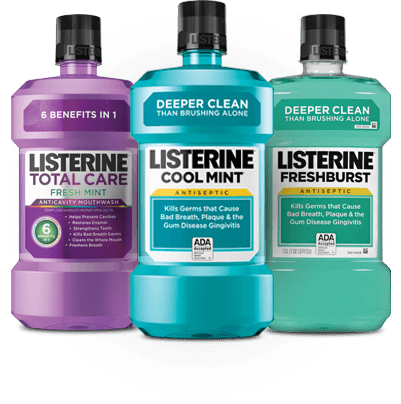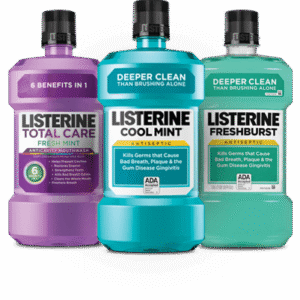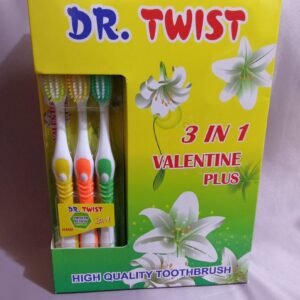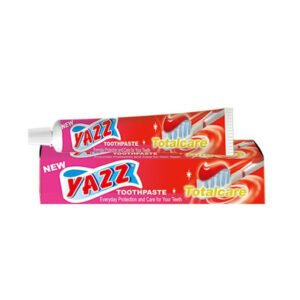Listerine is a widely used antiseptic mouthwash that kills germs causing bad breath, plaque, and gingivitis, providing a fresher and healthier mouth when used as part of a regular oral hygiene routine.
Overview
Listerine is an American brand of antiseptic oral care products invented in 1879 by Joseph Lawrence and named after Joseph Lister, a pioneer in antiseptic surgery . Initially developed as a surgical antiseptic, Listerine later became the first over-the-counter mouthwash in the U.S., widely promoted for oral hygiene and fresh breath
Composition and Active Ingredients
Listerine mouthwash, particularly the Original Antiseptic formula, contains essential oils that provide antiseptic effects, including:
Eucalyptol 0.092%
Menthol 0.042%
Methyl salicylate 0.060%
Thymol 0.064%
The mouthwash also contains alcohol (26.9% v/v) in the Original formula, which helps dissolve the active ingredients, and inactive ingredients like water, benzoic acid, and poloxamer 407
Benefits
Kills 99.9% of germs that cause bad breath, plaque, and gingivitis
Clinically shown to reduce plaque by up to 52% and gingivitis by 21% more than brushing and flossing alone after 6 months
Provides fresh breath and a feeling of clean oral hygiene.
Can help improve overall gum health when used twice daily for 30 seconds per rinse
Product Varieties
Listerine offers multiple variants to meet different oral care needs: Original, Cool Mint, FreshBurst, Total Care, Sensitive Teeth, and others. Alcohol-free options such as Listerine Zero are available for individuals sensitive to alcohol
Usage Instructions
Use 20 mL (about 4 teaspoons) of mouthwash.
Rinse full strength for 30 seconds, twice daily: morning and night.
Do not swallow the mouthwash.
Not for children under 12 years of age







